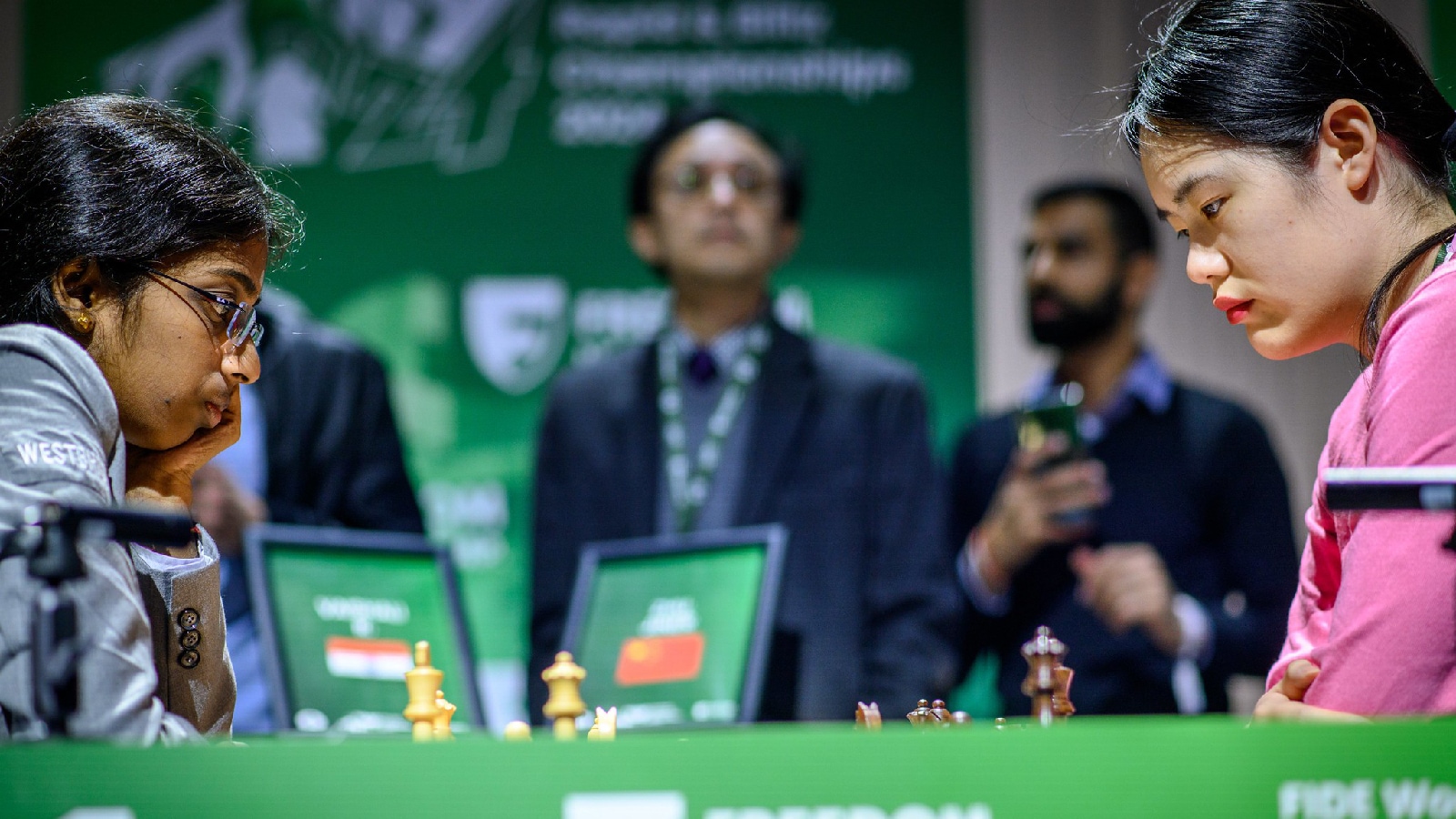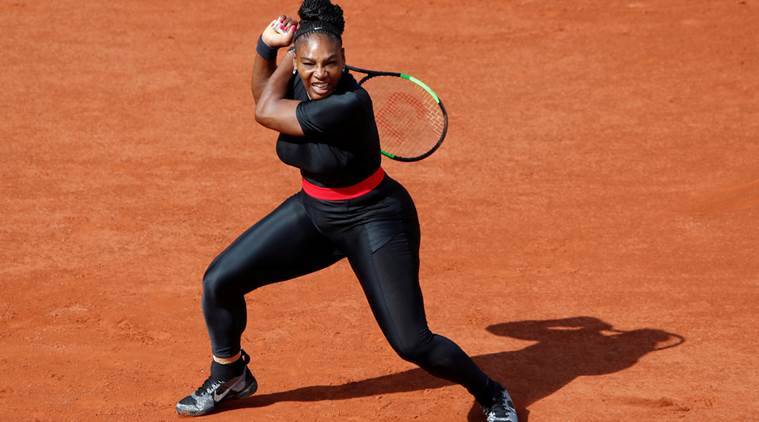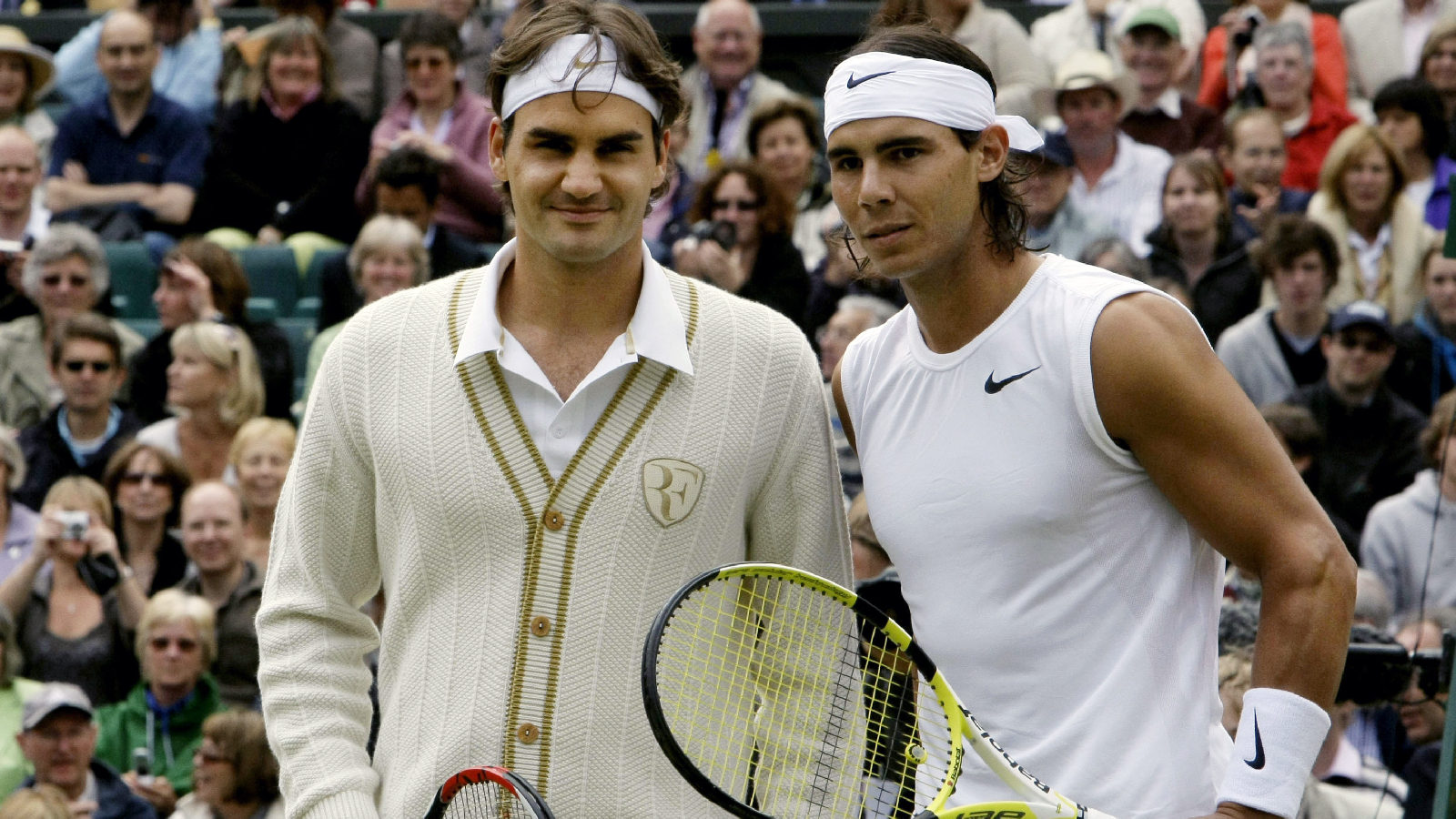What do Serena Williams’ catsuit, Magnus Carlsen’s jeans, and the Norwegian beach handball team’s shorts rebellion have in common? No, it’s not a new Netflix drama, though it could be. They all exemplify athletes confronting outdated, often bizarre, and occasionally discriminatory dress codes in sports. From pristine tennis whites to buttoned-up chess suits, the rules governing athletic attire often seem like relics from an era when corsets were considered workout gear.
Imagine enduring the heat of competition under glaring lights or braving the elements, only to have your outfit spark more controversy than your performance. The world of sports isn’t solely about physical feats and strategy; it also involves navigating a tightrope of social norms, cultural politics, and power dynamics. Some of these rules are as rigid as the starched collars they enforce.
Recently, the spotlight fell on world chess champion Magnus Carlsen, who was disqualified from the World Rapid and Blitz Championships for wearing jeans—a garment deemed unfit for the “gentleman’s game”. This incident has reignited debates about the relevance of dress codes and their impact on sportsmanship and inclusivity.
 Carlsen’s disqualification wasn’t the only controversy at the recent Blitz. Zhu Jiner, a Chinese Grandmaster, was fined 0 for wearing boots during the same tournament (Photo: Michal Walusza/FIDE)
Carlsen’s disqualification wasn’t the only controversy at the recent Blitz. Zhu Jiner, a Chinese Grandmaster, was fined 0 for wearing boots during the same tournament (Photo: Michal Walusza/FIDE)
Origins of dress codes in sports
According to Mehendi Sharma, Assistant Professor of Fashion Design at Pearl Academy, sports dress codes often arise from practicality, tradition, and, at times, prejudice. She says, “Tennis whites symbolised purity in Victorian England, while gymnastics leotards prioritised movement. Chess adopted semi-formal attire to project its image as a refined and intellectual pursuit.” However, these codes frequently uphold exclusivity and rigid traditions. “Like museum exhibits, dress codes preserve the past while questioning the present. Are they about discipline, or do they silently referee culture?” Sharma asks.
Carlsen’s jeans scandal drew global attention not because dress code violations are rare, but because Carlsen is the “Messi of chess,” as Grandmaster Subbaraman Vijayalakshmi observed. Woman International Master Bommini Mounika Akshaya concurred, saying, “There are always many incidents related to dress code at the World Rapid and Blitz championships. Sometimes, even Grandmasters were not allowed to play the game because they did not follow the dress code.”
Carlsen’s disqualification wasn’t the only controversy at the recent Blitz. Zhu Jiner, a Chinese Grandmaster, was fined $200 for wearing boots during the same tournament. In a public letter, she said the incident disrupted her focus and cost her a match.
Sexism continues to cast a long shadow
Are these dress codes perpetuating systemic biases? Take Serena Williams, for instance—an icon not just for her storied career but also for her battles against discrimination, on and off the court. At the 2018 French Open, her choice of a functional catsuit designed to prevent blood clots post-pregnancy faced public criticism and an outright ban by the French Tennis Federation. The backlash carried racial and gendered undertones, sparking global outrage. Williams and her sister Venus Williams have faced relentless scrutiny over their attire, which many argue reflects implicit racial bias rather than genuine concern for the game’s decorum.
Story continues below this ad
 Serena Williams stepped out in a Nike catsuit at the French Open in 2018. (File Photo)
Serena Williams stepped out in a Nike catsuit at the French Open in 2018. (File Photo)
Sexism continues to cast a long shadow over the world of sports, shaping dress codes that often prioritise optics over equity. At the 2021 Tokyo Olympics, the German women’s gymnastics team made a powerful statement by donning full-length unitards, rejecting the sport’s traditional leotards, often criticised for their overly sexualised designs. Meanwhile, the Norwegian women’s beach handball team protested against mandatory bikini bottoms in 2021, further spotlighting the gendered double standards embedded in athletic attire.
A 2020 study published in Psychonomic Bulletin and Review found that the type of clothing worn—revealing versus concealing—can significantly affect women’s performance on cognitive tasks. Furthermore, a 2024 study published in Sport, Education and Society revealed that 75 per cent of women surveyed had witnessed girls dropping out of school sports due to concerns about uniforms or body image.
Classism also permeates sports attire, reinforcing barriers to entry for those outside the elite, as Professor Sharma emphasised. Sports like golf and tennis demand “pristine white” apparel, steeped in an upper-class aesthetic, perpetuating a sense of exclusivity, she added.
Chess, though less physically demanding, mirrors this dynamic through its enforcement of formal dress codes—a nod to its historical association with intellectual elites. Current dress code stipulations by FIDE allow for “national costumes”, but they must be approved by the FIDE Technical Delegate. “What even is a national costume in a country like India?” questions Pravin Thipsay, the first Indian to win the Commonwealth Chess Championship. “Why should we justify our cultural identity?” he adds. These rules, with colonial echoes, marginalise diverse cultural expressions and force athletes into a narrow mould of “acceptability”.
Story continues below this ad
 Sports like golf and tennis demand “pristine white” apparel, in some events like the Wimbledon, steeped in an upper-class aesthetic, perpetuating a sense of exclusivity. (AP Photo)
Sports like golf and tennis demand “pristine white” apparel, in some events like the Wimbledon, steeped in an upper-class aesthetic, perpetuating a sense of exclusivity. (AP Photo)
Towards a new dress code paradigm
Thipsay highlights the importance of comfort. “Perfectly tailored suits can feel restrictive, especially for those unaccustomed to Western formal wear. Comfort must take precedence, as it directly impacts performance,” he asserts. He also questions the reasoning behind restrictive attire: “Why not Indian formals or cultural attire? Does a Tamilian in Singapore need to justify a kurta to the arbiter?”
Dipa Karmakar, the first Indian woman gymnast to compete at the Olympics, echoes this sentiment. “Uniforms should enhance, not hinder. I’ve always viewed mine as empowering, but comfort is non-negotiable for peak performance,” she says.
Sports dress codes are no longer just about tradition or functionality—they are battlegrounds for representation, equity, and self-expression. And after all, as these trailblazing athletes prove, breaking the rules can sometimes mean making history.


